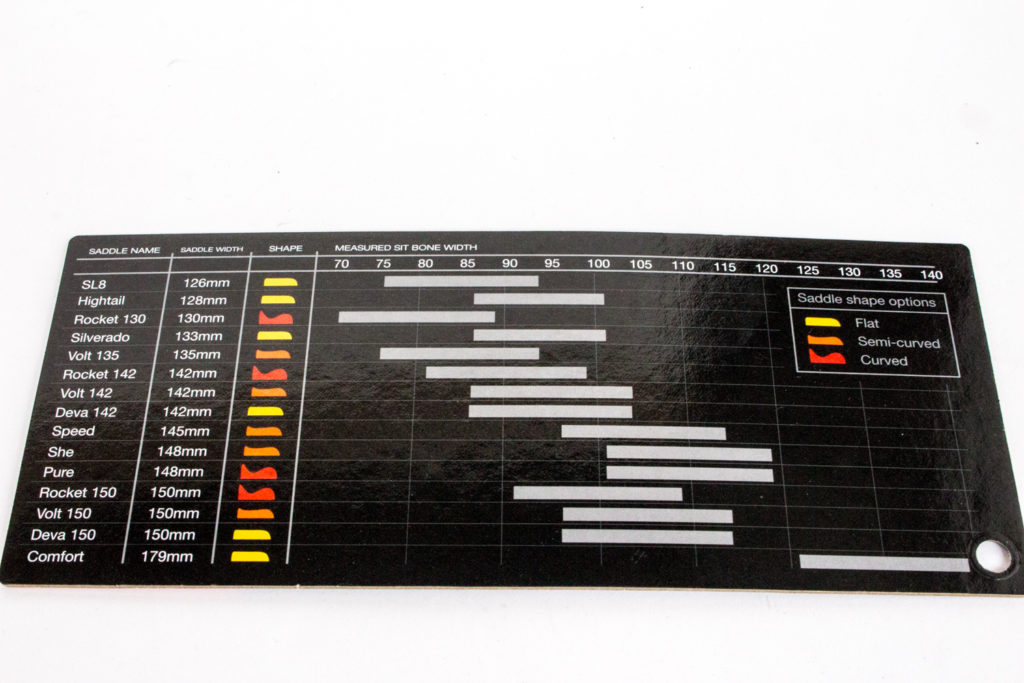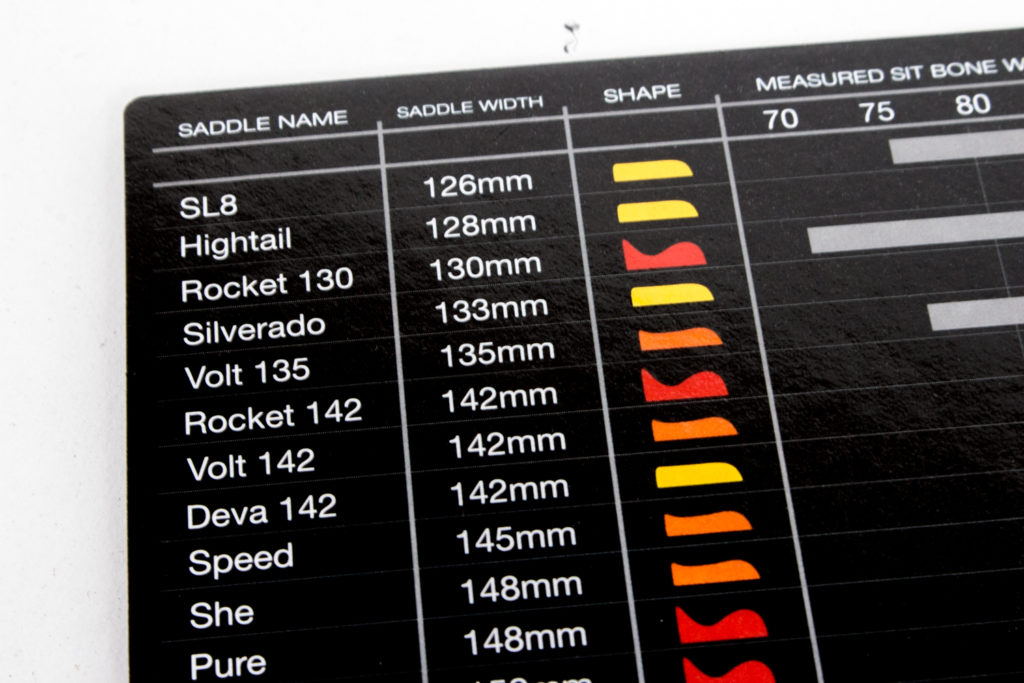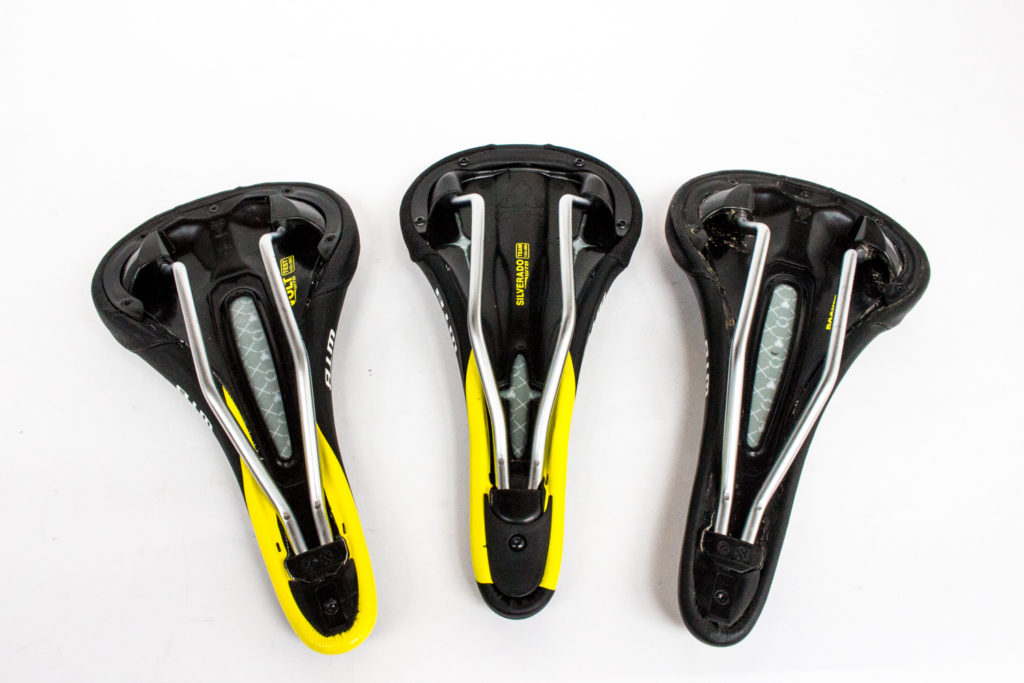
Buying a saddle is one of the most difficult and stress-filled exercises, not just for the purchaser but the salesperson who has to offer advice on the most personal of all cycling equipment choices. Finding just the right shape, size and amount of padding comes down to more than just pushing your thumb into it or holding it between your legs and pulling up (don’t laugh, I’ve seen that done more than once!).
Sometimes you will luck out and find the perfect fit straight up, but mostly it’s a long process of trial and error, and can get costly if the saddle is unreturnable after even minimal testing. With this in mind, WTB have created their Saddle Fit System to help take the guesswork out of finding the perfect perch for your posterior.

The way that WTB has gone about it seems like an obvious and simple one. They’ve created this plastic device which slips over the existing seat on your bike or a showroom model at the LBS, you sit on it and make an indent in the viscous white gel where your sit bones contact.


My arse made its mark thus. Am I a freak? Do I have a crooked pelvis? Apparently not, after several attempts and shifting my position and weight around, I’d get similar results. As the essential information needed is the width of the sit bones, as long as there’s enough indent to measure centre-to-centre then you’re good to go.

Using the measuring card, I came in around 90mm, close to the middle of the range… typical, always in the middle, me.

That gives me a good range of saddles to choose from width-wise, from the narrowest models more suited for road riding, to the middle range around 142mm, which I currently use with success. So it seems the guide is pretty spot on there.

But width isn’t the only consideration for a comfortable perch, and the coloured symbols represent the shape of the saddle, from flat to curved. I’ve always preferred a little bit of curve, and the Volt I’ve been using for a few years once again fits the bill according to the guide.

WTB also offers Test Ride saddles so you don’t have to make a risky purchase without trying them first. Even though I know the shape and width of the Volt works for me, there are other models within the guide range that could also work. You have the luxury of trying them out and getting the perfect model, so I grabbed not only the new Volt but the venerable Rocket and Silverado, a saddle some colleagues rave about.

The other factors that come into play are the amount of padding and where it’s placed, plus the cutouts in the base to relieve pressure in vital areas. You can see the differences in the three models here, and while they might look fairly similar, the thumb test reveals quite a difference in firmness in different areas of each saddle.
As I know the Volt is a great saddle for me, I’ll be trying the other two to see if they are also suitable, or perhaps better. Having that sort of real-world testing opportunity is something that is sure to save the headaches of saddle purchasing for all involved.
Check your LBS for the system, or contact KRD for more information and availability in your area.



Leave a Reply